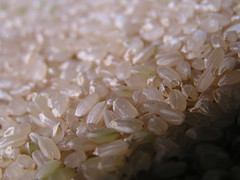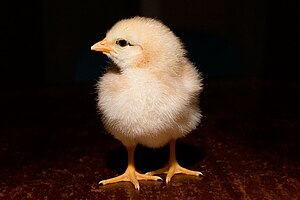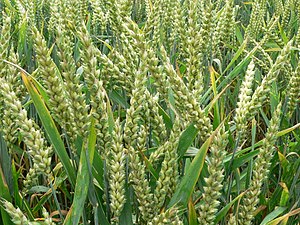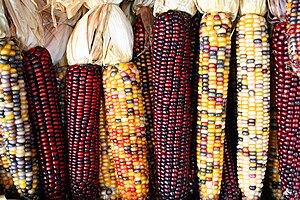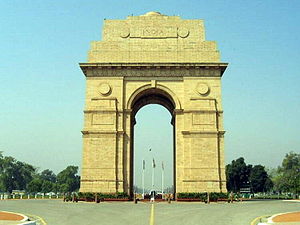The International Production & Processing Expo is gearing up for a bumper show with a record number of exhibitors already signed up. Over 1,150 exhibitors in 430,000 net square feet will take part int he show in Atlanta, USA between January 29-31, 2013.
Comprised of the three integrated trade shows - International Poultry Expo, International Feed Expo, and AMI’s International Meat Expo - IPPE is still growing with eight weeks left until the start of the Expo.
“We very much appreciate the participation of so many of our industry’s suppliers. Their support of the IPPE helps each of our trade associations accomplish our respective mission for our industries,” said John Starkey, president of USPOULTRY.
“With the continued response we have been receiving, we are excited to see what the next few weeks will bring us going into the Expo,” said Joel G. Newman, AFIA President & CEO.
“We continue to be amazed by the positive show of support from our supplier community and expect IPPE to have significant benefits to our industry,” commented AMI President, J. Patrick Boyle.
The global poultry, feed and meat industry trade show will be held Tuesday through Thursday, January 29-31, 2013, at the Georgia World Congress Center in Atlanta, GA. The Expo will highlight the latest technology, equipment, and services used in the production and processing of poultry, meat and feed products.
The Expo will also feature dynamic education programs that will be held from January 28 through February 1, 2013 and will include the annual line-up of the International Poultry Scientific Forum, Pet Food Conference, Animal Agricultural Sustainability Summit, and International Feed Education Program.
In addition, the 2013 IPPE will feature eleven new educational programs: Recalls and Public Health Investigations; Improving Food Safety, Sanitation and Maintenance; Animal Care and Handling: Focus on Poultry Processing; Meat and Poultry Processing: A Global Perspective; Consumer Trends; Plant Operations and Management; Antibiotics Conference – Current Issues for the Poultry & Egg Industry; The Future of the U.S. Egg Industry; Meat & Poultry Research Conference; Media Training for the Meat & Poultry Industry; and Poultry Handling and Transportation Quality “Train the Trainer” Workshop. Also returning for this year is the Poultry Market Intelligence Forum and the International Rendering Symposium.
2013 IPPE SHOW HOURS:
Tuesday, January 29, 2013: 11 a.m. – 6 p.m.
Wednesday, January 30, 2013: 9 a.m. – 5 p.m.
Thursday, January 31, 2013: 9 a.m. – 3 p.m.
More information...











